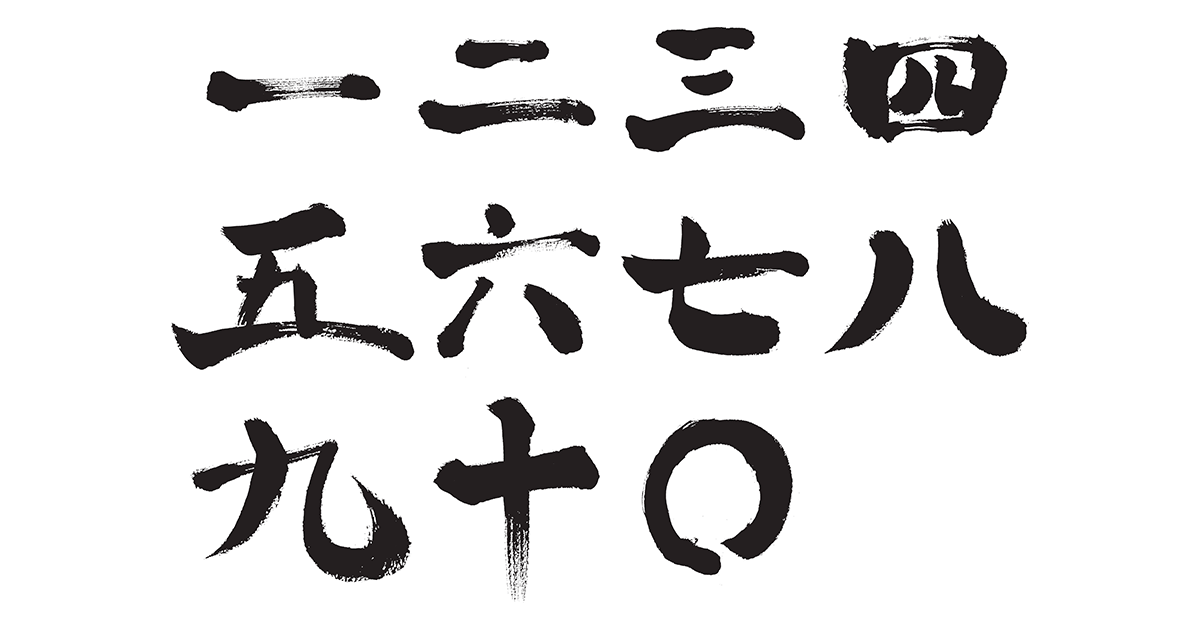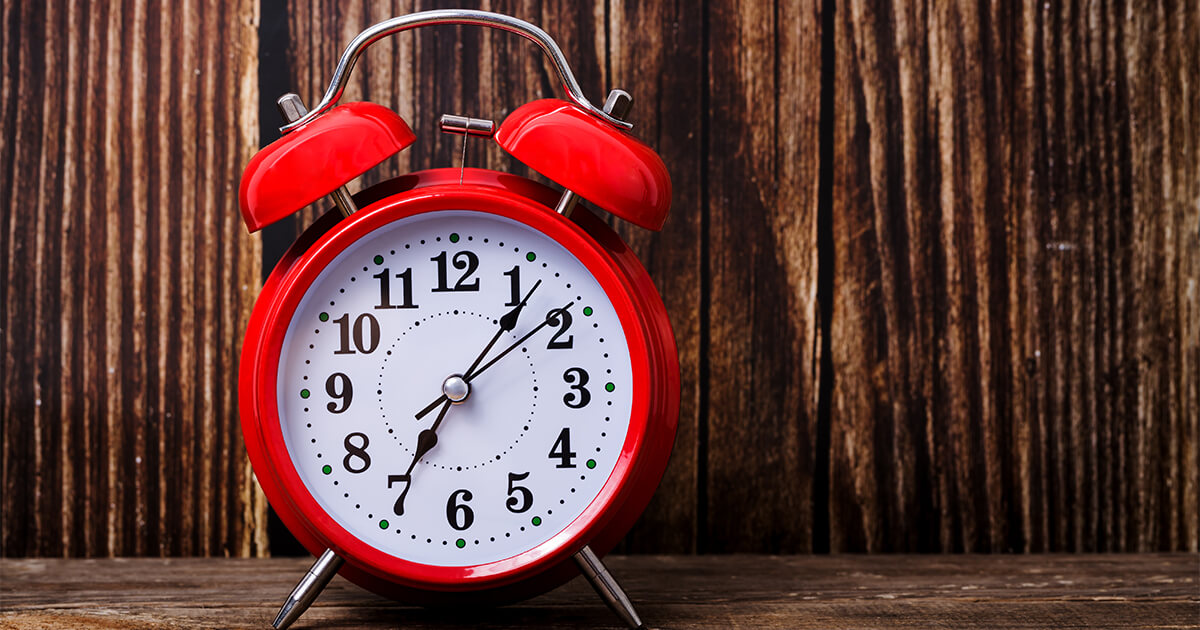Let’s learn how to count bigger numbers in Japanese.
Check the following post to find out how to count from 1 to 100.
Let’s learn how to count numbers in Japanese today. Knowing how to count numbers will increase your proficiency level in Japanese.
Vocabulary (100-10000)
Have you mastered all numbers up to 100? Let’s challenge bigger numbers once you’ve done that.
Basically, 100 is “hyaku” and 1000 is “sen” but things are not so simple. Let’s look at the following table.
| Numerals | Hiragana | Reading | Kanji |
| 100 | ひゃく | hyaku | 百 |
| 200 | にひゃく | ni hyaku | 二百 |
| 300 | さんびゃく ×さんひゃく |
san byaku × san hyaku |
三百 |
| 400 | よんひゃく | yon hyaku | 四百 |
| 500 | ごひゃく | go hyaku | 五百 |
| 600 | ろっぴゃく ×ろくひゃく |
roppyaku × roku hyaku |
六百 |
| 700 | ななひゃく | nana hyaku | 七百 |
| 800 | はっぴゃく ×はちひゃく |
happyaku × hachi hyaku |
八百 |
| 900 | きゅうひゃく | kyuu hyaku | 九百 |
| ? |
なんびゃく | nan byaku | 何百 |
| 1000 | せん ×いちせん |
sen × ichi sen |
千 |
| 2000 | にせん | ni sen | 二千 |
| 3000 | さんぜん ×さんせん |
san zen × san sen |
三千 |
| 4000 | よんせん | yon sen | 四千 |
| 5000 | ごせん | go sen | 五千 |
| 6000 | ろくせん | roku sen | 六千 |
| 7000 | ななせん | nana sen | 七千 |
| 8000 | はっせん ×はちせん |
hassen × hachi sen |
八千 |
| 9000 | きゅうせん | kyuu sen | 九千 |
| ? | なんぜん ×なんせん |
nan zen × nan sen |
何千 |
| 10000 | いちまん × まん |
ichi man × man |
一万 |
Change in pronunciation for numbers in the hundreds
Counting from 100 to 900 is not just a matter of adding “hyaku”. The pronunciation sometimes changes to “byaku” or “pyaku”. These changes, known as “euphonic changes”, occur when we add certain numbers to “hyaku”. It is thought that doing so makes it easier to pronounce the words. If there is an “n” sound before “hyaku”, the sound changes to a voiced sound.
300:Sam + byaku Instead of the h sound in “hyaku”, the pronunciation is affected by the bilabial m sound and changes to a b sound.
400:It was originally pronounced as “shihyaku” but because “shi” is a taboo word meaning “to die”, it is changed to “yon” instead and “hyaku” remains as it is.
?: Nam + byaku Instead of the h sound in “hyaku”, the pronunciation is affected by the bilabial m sound and changes to a b sound.
600:roku+hyaku As it is difficult to move the mouth from the consonant k sound to h and also because it’s difficult to catch the sound, it became a semi-voiced sound instead.
800:hachi+hyaku As it is difficult to move the mouth from the consonant ch sound to h and also because it’s difficult to catch the sound, it became a semi-voiced sound instead.
The above explanation may be a little technical but we decide to include it here as it is easier to remember if you know the reason.
Change in pronunciation for numbers in the thousands
3000:A voiced sound occurs after the “n” in “san”.
4000:It was originally pronounced as “shisen” but because “shi” is a taboo word meaning “to die”, it is changed to “yon” instead and “sen” remains as it is.
? :A voiced sound occurs after the “n” in “nan” and it is pronounced as “nanzen”.
8000:hachi+sen As it is difficult to move the mouth from the consonant ch sound to s and also because it’s difficult to catch the sound, it became a double consonant sound instead.
You may also think of such euphonic changes as an optimal way of pronouncing the words over time.
How to read numbers
Let’s try to read some numbers.
2560:にせんごひゃくろくじゅう Nisen gohyaku rokujyuu
47984:よんまんななせんきゅうひゃくはちじゅうよん Yonman nanasen kyuuhyaku hachijyuu yon
Practice
- Repeat 100 to 1000 five times.
- Repeat 1000 to 100 five times.
- Repeat 1000 to 10000 five times.
- Repeat 10000 to 1000 five times.
- Say the following numbers.
200 430 784 300 600 800 139 995 666 873 520 138
2000 4000 5000 3200 9800 8000 7235 6500 9999 8989 - Let’s say some prices. $ in Japanese is called “ドル doru”. 10$ is called “じゅうドル jyuu doru”. \ is pronuounced as “en” and is written in kanji as “円”.
A: 100$ B: 300$ C: 650$ D: 973$ E: 730$ F: 839$ G: 1000$ H: 2500$ I: 3500円 J: 9890円 K: 4600円 L: 5000円 M: 6598円 N: 8890円 O: 7732円
Being able to say numbers is an essential skill for shopping in Japan. Try to practice saying them a few times to get it right.







